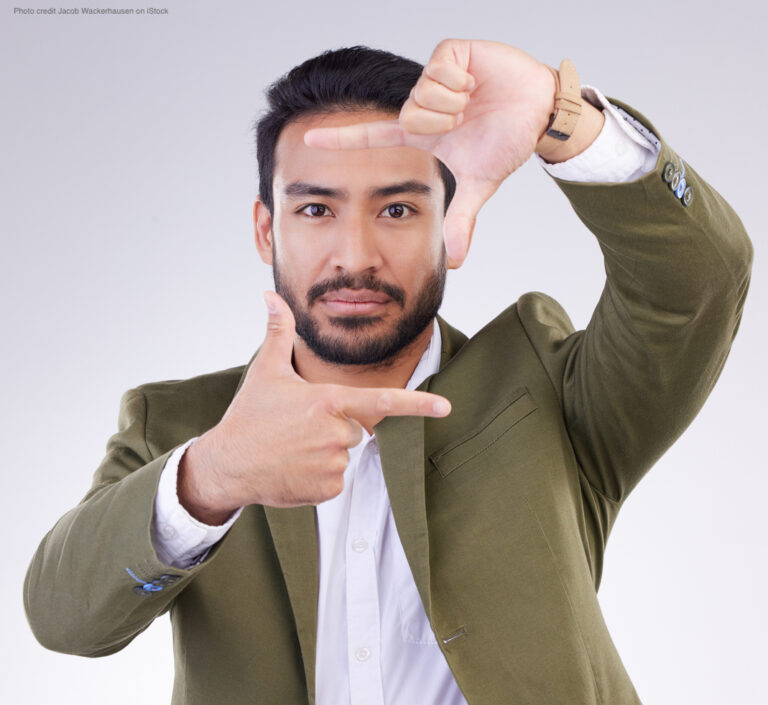Related Articles
Subscribe to the Greater Public newsletter to stay updated.
This site is protected by reCAPTCHA and the Google Privacy Policy and Terms of Service apply.

In this year’s Super Bowl XVIII game, thirty-second ads were going for $7 million dollars. The expected viewers were at an all-time high because of the addition of the “Swifty” effect, and a custom Nielsen survey – commissioned by the NFL – projected 200 million viewers. Big brands wanted to get in on the fun with creative new ads. If you watched, I’m sure you had your own ad favorites. But can you remember now what your favorite Super Bowl ad was marketing? What brand was it?
Would it help if there was more frequency?
In a recent article, Radio Ink worked with Cumulus Media Insights to project what would happen if that $7 million went into a national radio campaign. How much comparative bang would they get for their buck?
What they found: “Analysis by Nielsen Media Impact reveals that with a $6.47 million investment, advertisers could launch a national radio campaign that would connect with 155.6 million Americans (around 56% of the nation’s population), each month for three months.”
$6.47m in network radio translates to 400 Gross Ratings Points monthly, maintaining a consistent reach to over half of the U.S. populace. And there’s still a half million dollars left over. (Thank you, Radio Ink.)
What are the key strengths of radio as a marketing tool? Reach and frequency. Right now a key strength to use is frequency, particularly with sponsors who are using a lot of social media. Public radio is a wonderful addition to a social media marketing plan to add frequency of brand messaging. It’s also a great addition to any TV schedule for the same reason. Stations with both radio and TV can put together a very effective schedule with wonderful reach and frequency.
I asked star sales representatives from large-, medium- and small-market stations to share what marketing value they are leading with right now in their work with prospective sponsors.
Dennis is a “one man operation” for corporate support at WUTC and he has been there for over five years.
Beyond the initial needs analysis of a potential partner, he leads with WUTC’s quality audience and their mission. He says their audience is growing in listeners because of the station’s ties to the community and all things local. He leads with their “educated and affluent audience because it tends to be recession-proof with more durable consumers.” He also leads with the station’s mission and commitment to the Chattanooga community offering a “win, win, win” partnership for the business supporter. Right now he is currently working to expand tourism as a business category.
Joel has been with WFAE for over 7 years as a corporate support representative. He’s part of their corporate support sales team of four and includes their new Executive Director of Corporate Development, De Cordell.
Joel says that he leads with a group of questions to reveal each next step. First, he asks if the prospective client is a station listener, then he asks about their favorite program if they are a listener, and if they aren’t a listener he knows he’ll have to work to build an understanding of the station. Next, since Joel believes that public radio is a “personable” media he looks for common ground with the prospective client. He says since public radio is not a commodity buy, it’s important for the client to be a great fit with their listeners. He shares their Unique Value Proposition and the uncluttered environment of messages. Then, he likes to discuss the shared commitment that both the station and the client have to their community and the importance of building a long-term, mutually beneficial partnership.
Harris has been with WAMU for over 14 years. He is a national account manager and a member of WAMU’s four-member national sales team. WAMU also has a local sales team.
Harris says that WAMU’s reach and listener numbers have remained strong. He says WAMU reaches a lot of federal government employees and policy makers so he focuses on sponsors that would want to reach this audience. He says he always leads with the audience and its unique value proposition, i.e. highly educated, affluent, loyal and curious about news.
If the prospect is a federal contractor, he leads with their reach to federal employees and purchasing decision-makers. If they aren’t a federal contractor, he leads with the fact their listeners are high-value consumers.Harris also added that since cable news has deteriorated regarding trust issues, that he talks a lot about public media being a trusted environment and he believes this is important to note now. Some of his clients are Comcast, University of Maryland, IBM Federal and Fidelity.

View these related member resources and more with a Greater Public membership:
This site is protected by reCAPTCHA and the Google Privacy Policy and Terms of Service apply.
New to Greater Public? Create an account.
